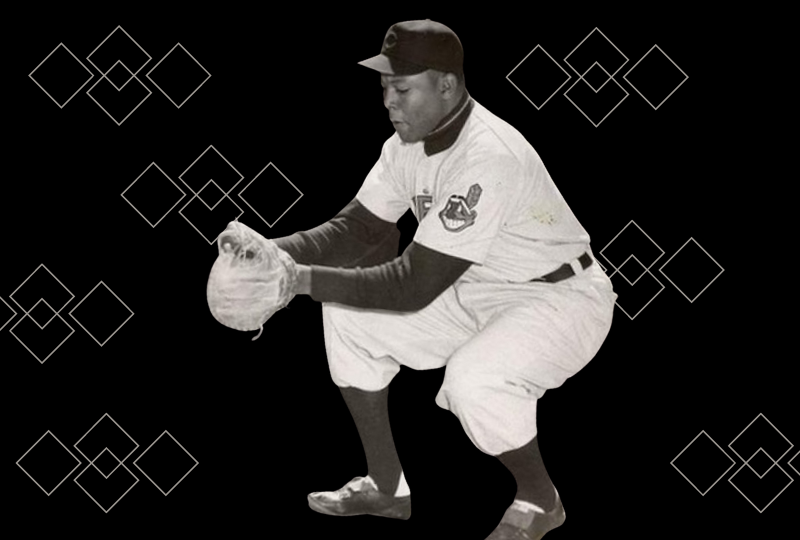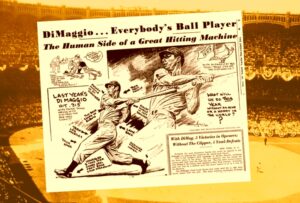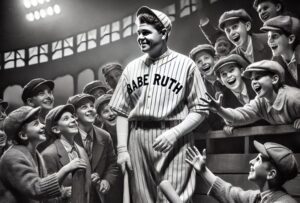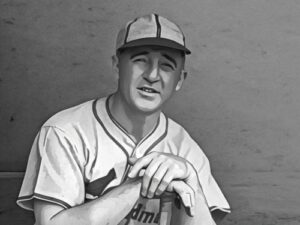When he squatted behind the plate for the Cleveland Indians in late April of 1952, Trouppe became one of the oldest players to ever make his debut in the American League. He was 39 years old, but had played his first professional game more than two decades earlier. His career in the negro leagues was interrupted by dalliances with stints in foreign leagues, pro basketball, and boxing.
FACTOID: Quincy Trouppe and Sam Jones were the first all-black battery in American League history.
Trouppe was remarkably large, at more than 225 pounds with powerful forearms and a thick chest that rested on a 6’2 frame. He had round cheeks and a wide smile, and he was so youthful that even into his thirties he was known by his most common nickname, “Baby Face.” He had a few habits that stood out on the ballfield: when he started the game defensively, he would step out onto the infield grass about 50 feet from the mound and pound his hand into his catchers’ mitt five times. Once he did that, the contest could begin; waiting his turn on deck, Trouppe liked to carry 4-5 bats and wield them over his head like a windmill. The display of his strength and biceps often served as psychological intimidation of the poor pitcher.
In the mid-1930s, Trouppe concentrated on boxing and he was good enough to win his weight class in the Golden Gloves. He fought several professional fights, but he didn’t have the instinct of a fighter. Light heavyweight champion Archie Moore, who became acquainted with Trouppe, once told his friend, “Quincy, I don’t think you could ever be a fighter. You’re just too nice. You’re not the mean type. You have the punch. You move faster than the average heavyweight, and you’ve got a real sharp left jab. But you’re not mean.”
In 1938, Trouppe returned to the negro leagues after he suffered an injury to his right shoulder in the ring. After that, according to Trouppe in his autobiography Twenty Years Too Soon, he could barely throw the ball back to the pitcher. But the 25-year old switch-hitter had a lot of punch left in his bat, and he was selected for eight negro leagues All-Star Games from 1938 to 1948. In 1945 he led the Cleveland Buckeyes to the Negro League World Series.
Quincy’s fame as a catcher with Cleveland’s black teams led Indians GM Hank Greenberg to sign Trouppe to a minor league contract in 1951. He made the parent club in spring training in 1952, and on May 3, only a few days after his debut, Quincy was behind the mask when his former teammate on the Buckeyes, pitcher Sam “Toothpick” Jones entered the game. The pair became the first all-black battery in American League history.
There were 22 years between Trouppe’s first pro game with the St. Louis Stars when he was 17 years old in 1930, and those handful of games with the Indians. We don’t have many complete box scores for his career, and many times he jumped to Mexico, Venezuela, the Dominican, and even Canada to play for more money. He also missed playing time when he worked in factories during World War II. If we could scotch-tape together a statistical portrait for Trouppe, we would probably find that he caught close to 1,800 games and had well over 2,000 hits.






